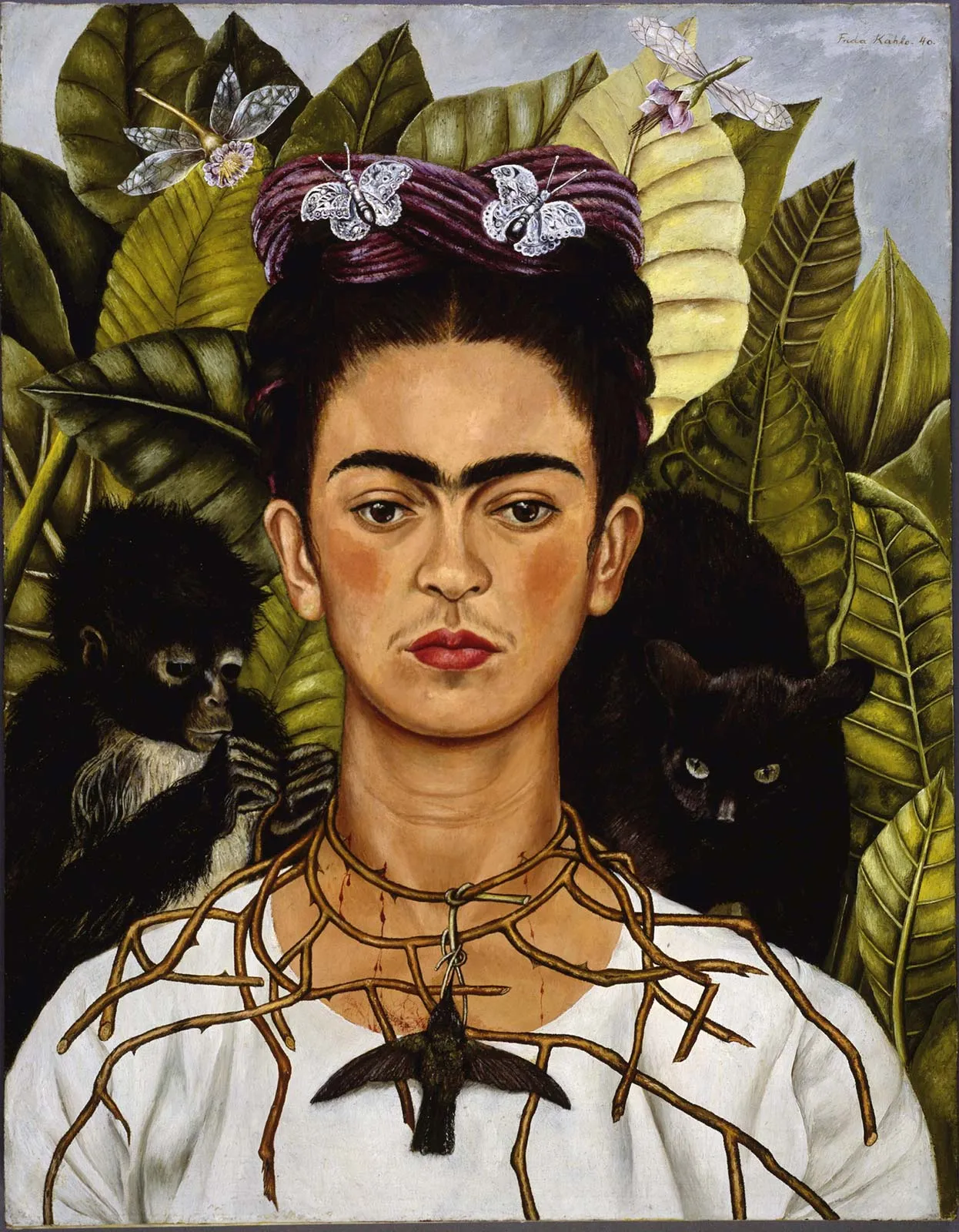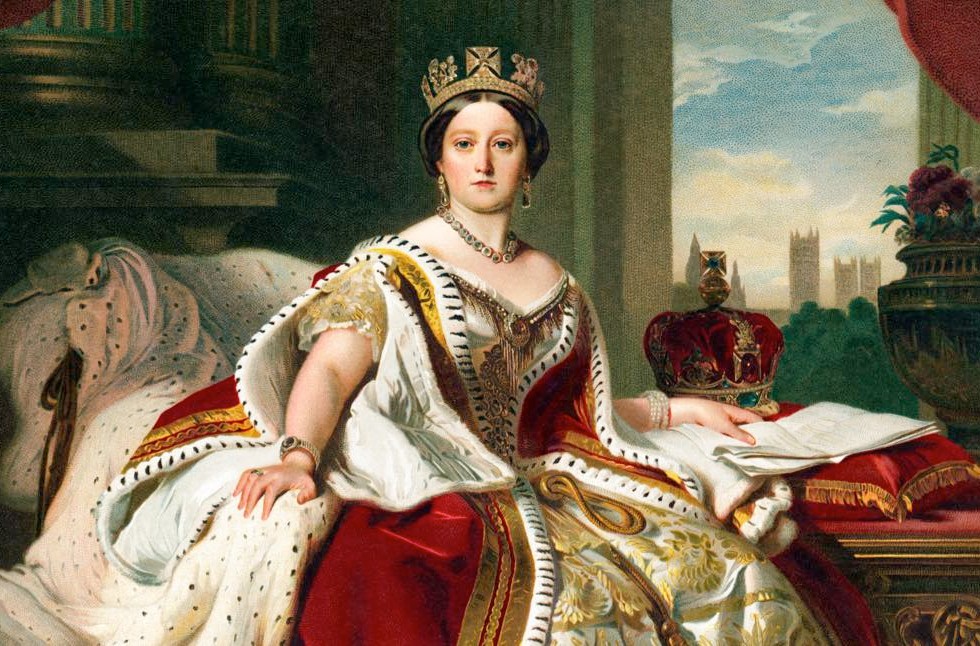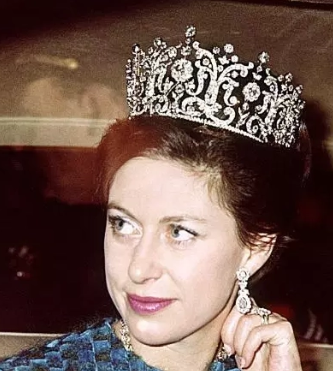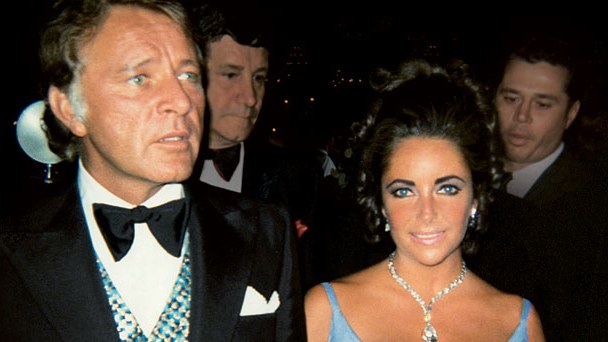On May 26, 1896, the coronation of Tsar Nicholas II was held in Moscow. Four days later, the traditional public festival was to be held at a field five miles north of the city. At the invitation of the new tsar, every Russian was welcome. As Tsar Nicholas II was the absolute ruler of 1/6 of the earth and more than 120 million people, many people were expected. (3) All were promised free food, beer, gifts, and entertainment. The tsar himself was to appear at the central pavillion to watch the parade and greet his people.
Khodynka Field was the site selected for the popular celebration because it was the only place large enough to contain the expected crowd. However, Khodynka Field was not a natural fairground; it was a training ground for troops of the Moscow garrison. The field was crisscrossed by a network of shallow trenches used for moving troops and artillery and pitted with holes. Therefore, in preparation for the festival, wooden stalls, reviewing stands, and entertainment stages had to be built as well as bridges to span the enormous ditches. Barricades – really just skimpy wooden railings – protected the site from the crowds.

Khodynka Field is being prepared for the May 26, 1896, post coronation celebration for Russian Tsar Nicholas II.
Thrilled by the coronation and excited by the prospect of the carnival to be held at Khodynka Field, the people were “stirred up and restive.” (1) The night before, thousands thronged to the area and camped out in the open, waiting for dawn, when the turnstiles would open and they could enter the fairgrounds. As the group waited, a rumor began to spread
that there would not be enough gifts or food to go around. They had been promised sausage, bread rolls, sweets, nuts, gingerbread and a precious keepsake – a pink enamel mug bearing the arms of the city of Moscow and the words “In memory of the Holy Coronation,” all wrapped together in a colored kerchief stamped with the tsar and tsarina’s pictures.” (1)
More and more people came. There was much jostling and crowding. “The crush was so great a bullet could not have slipped through.” (2) Over the course of the night, made anxious by rumors of shortages, people pushed toward the barricades that guarded the entrance to the fairground in order to be the first in line when the gates opened.
It was sometime just before dawn when the barricades fell. The crowd surged forward, stampeding onto the meadow, rushing toward the food stalls. The patrol of 100 mounted Cossacks could not even begin to control the “mass of people half a million strong.” Khodynka Field, with its open trenches, became a deathtrap:
People by the thousands fell in a ditch and ended standing literally on their heads at the bottom. Others fell straight after them and more, and more….” (1)
Others, knocked down in the pandemonium, were trampled to death or mutilated by the incessant forward motion of the crowd. In minutes, Khodynka Field resembled a battlefield, strewn with carnage. People were fainting, gasping for air, vomiting, writhing, screaming, bleeding, lying dead or dying. Thousands were wounded, over 1300 were dead.

Trampled bodies cover Khodynka Field prior to the post-coronation celebration of Tsar Nicholas II of Russia, May 30, 1896.

Russians standing in the Khodynka Field in the aftermath of the riot that killed over 1300 Russians, May 30, 1896.
By 10:30 a.m., Tsar Nicholas II was told of the Khodynka catastrophe. He was shocked and sorrowful. Out of respect to the victims, his first inclination was to cancel the day’s activities which included not only his appearance at the Khodynka Field but a ball at the French embassy. But he gave into his advisors, his uncles, and kept to the official schedule. After all, France was Russia’s only European ally, he was reminded, and Russia could not afford to offend France. Besides, to adorn the ball, the French government had gone to great lengths, sending priceless tapestries and treasures of silver plate from Paris and Versaillles, along with 100,000 roses from the south of France. (3)
So the day went forward as planned. Bodies were carted off from the Khodynka Field where the tsar made his traditional appearance as if nothing had happened.
The French “ball was opened by the Majesties dancing a quadrille,” said the Minister of Finance.

The "Coronation Cup" given away at the Khodynka Field post-coronation celebration for Tsar Nicholas II. It has come to be known as the "Cup of Sorrows," commemorating the tragedy of 1300 people trampled to death that day in May of 1896.
Outward appearances aside, both the tsar and tsarina were deeply affected by the events at Khodynka. They visited the wounded in the hospitals. They paid for the burial of the dead. From the Tsar’s private purse, each victim’s family was remunerated. But no act of kindness could erase the terrible event from the Russian national consciousness. Many felt that the Khodynka Field Massacre was an omen that the reign of Tsar Nicholas II would not be a happy one. The tsar earned the nickname “Bloody Nicholas.”
Secretly, throughout those long and difficult days, Empress Alexandra, the tsarina, had been expecting a child, her second after Olga. After the Khodynka tragedy, the Empress was greatly distressed and suffered a miscarriage. The lost baby was a boy, who, had he lived, would have become the male heir in line for the Russian throne, the boy everyone was clamoring for Alexandra to give birth to.
Shortly after Khodynka, Leon Trotsky began his Marxist political activity against Imperial Russia. Bread and circuses would not longer pacify the tsar’s people. The revolution had begun.
(1) Erickson, Carolly. Alexandra: The Last Tsarina. New York: St. Martin’s Press, 2001.
(2) Radzinsky, Edward. The Last Tsar: The Life and Death of Nicholas II. New York: Doubleday, 1992.
(3) Massie, Robert K. Nicholas and Alexandra. New York: Dell Publishing Co., 1967.
Readers: For more on the Russian Royal Family, click here.
























Truly a foreshadowing of Nicholas’ entire reign. Imagine if he would have spoken when he arrived at the field about the horror and sorrow he felt that so many of his subjects perished on what should have a momentous occasion welcoming the Russian people to a new Tsar and symbolically better times ahead.
This tragedy brings to mind Will & Kate, while millions have come to greet them in Canada it has been incident free; conversely if there had been a tragedy occur I cannot imagine PM Harper or Will & Kate not speak about it. Today in most nations a leader wouldn’t entertain the thought of not giving speeches, condolences and publicized visits to the victims; is it that our leaders are more caring or just aware of the media’s watchful eye. Nicholas, you foolish man, there were reporters who were there, imagine a speech talking about how he felt instead of the ‘planned speech’ which was seen as him not caring for his people. Russian people referred to the Tsars as ‘Little Father’-what Father can ignore such a tragedy? Alas, Bloody Nicholas is born.
LikeLike
Yes, Nicholas was weak and ineffectual. The whole concept of a tsar ruling vast Russia is absurd.
LikeLike
“They visited the wounded in the hospitals. They paid for the burial of the dead. From the Tsar’s private purse, each victim’s family was remunerated.” – But he didn’t make a publicized speech! So you call him “Bloody Nicholas” because he didn’t dot all the i’s? To each his own, I suppose.
LikeLike
Steve, history gave Nicholas the epithet of “Bloody Nicholas,” not I. At the very least, the foolish tsar showed gross insensitivity to continue a celebration in the midst of mass death. Why cancel the afternoon swim party just because a child drowns in the pool in the morning? is that what you are saying?
LikeLike
They missed the opening scene of Boris Godunov:
Now let us kneel and pay homage at the
tombs of Russia’s monarchs.
And then our people all shall feast,
yea, ev’ry man, from boyar down to serf;
All shall we greet, all gladly shall we
Welcome!
LikeLike
[…] Az 1800-as évek végén Oroszországban még nem volt fogyasztói társadalom, így vásárlói rohamokkal sem találkozhattak (a szovjet tervgazdaság és az üzletek előtt húsjegyekkel sorban álló emberek nem tartoznak ide). Mégis, ami II. Miklós orosz cár koronázási ünnepségén történt, az súlyosabb volt, mint bármelyik Black Friday. […]
LikeLike
[…] over 1,300 people dying at a stampede for free food and beer at a festival honouring the event at Khodynka Field. Worse still, however, was Nicholas total lack of preparation for the massive job […]
LikeLike
[…] over 1,300 people dying at a stampede for free food and beer at a festival honouring the event at Khodynka Field. Worse still, however, was Nicholas’ total lack of preparation for the massive job […]
LikeLike